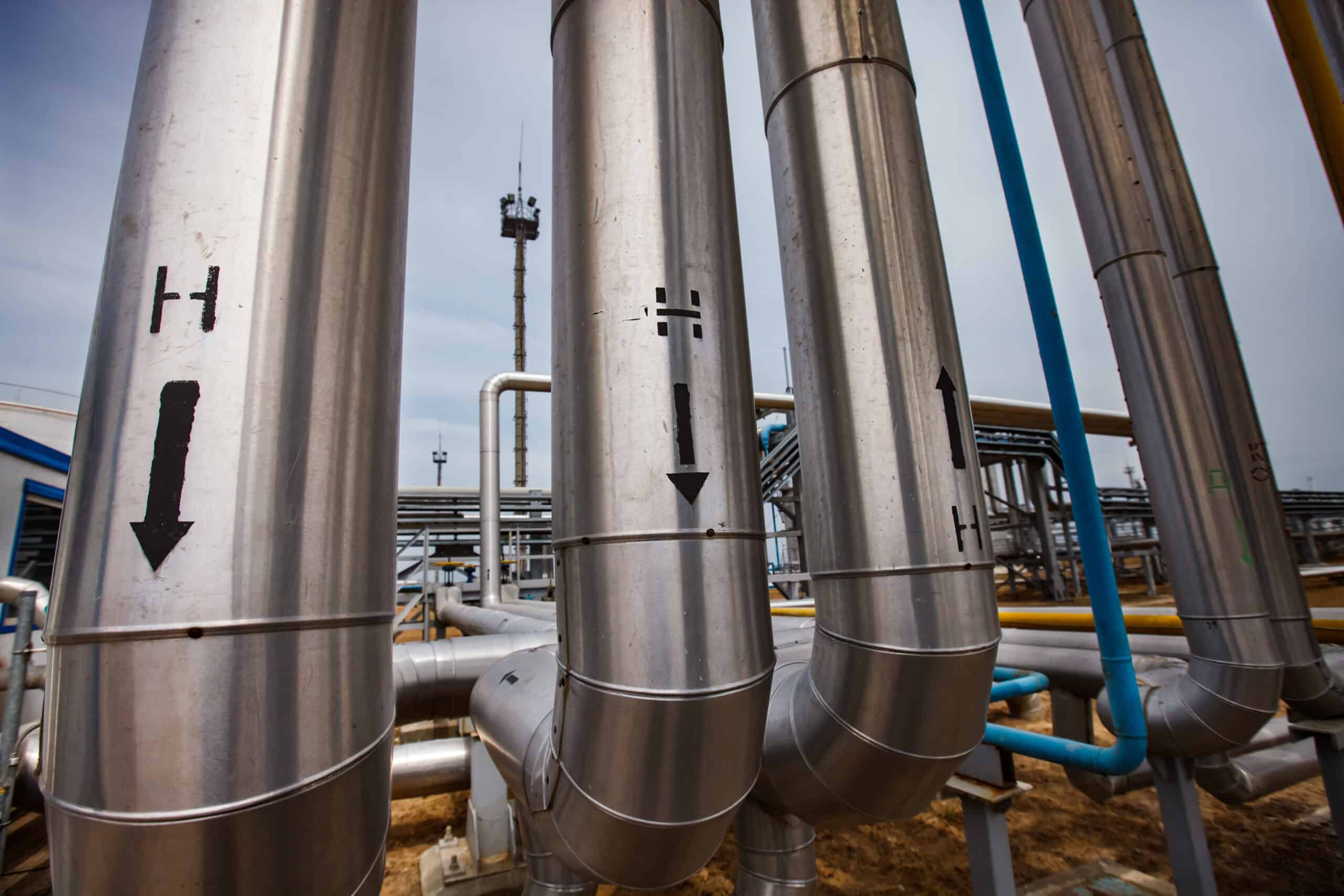Browse by Job:
Browse by Job:
Diversification of our energy portfolio has been cited as an essential component in reducing our reliance on fossil fuels, which will ultimately reduce the impact felt from climate change. Adopting modern technologies and techniques for use in Hydrogen transport, Carbon capture and storage (CCS) have been identified as one such way of diversifying our energy portfolio . With modern technologies, comes new challenges and risks. GPT’s focus and products are positioned to meet these new challenges. Due to the extreme tightness of our sealing solutions, they are seen as viable sealing solutions for the transportation of GHG's ( Methane, Halogens & C02) hydrogen, and LNG applications.

are likely to continue to be – the most common method of transporting the very large quantities of CO2 involved in CCS. There are already millions of kilometres of pipelines around the world that transport various gases, including CO2.

Emissions, or specifically fugitive emissions are the result of poorly sealed oil and gas pipelines and infrastructure. With increased scrutiny from governments, regulators, and environmental groups there has never been a more important time to tackle this pressing challenge.

Carbon capture and storage (CCS) or carbon capture and sequestration[2] is the process of capturing carbon dioxide (CO2) before it enters the atmosphere, transporting it, and storing it (carbon sequestration) for centuries or millennia. Usually the CO2 is captured from large point sources, such as coal-fired power plant, a chemical plant or biomass power plant, and then stored in an underground geological formation. The aim is to prevent the release of CO2 from heavy industry with the intent of mitigating the effects of climate change.[3] Although CO2 has been injected into geological formations for several decades for various purposes, including enhanced oil recovery, the long-term storage of CO2 is a relatively new concept. Carbon capture and utilization (CCU) and CCS are sometimes discussed collectively as carbon capture, utilization, and sequestration (CCUS).

Hydrogen can be transported as a gas in high-pressure containers, as a liquid in thermo-insulated containers, in processed form as methanol or ammonia, or in a chemical carrier medium. However, by far the most economically viable method is via pipeline, where a very high energy transportation capacity can be achieved.
